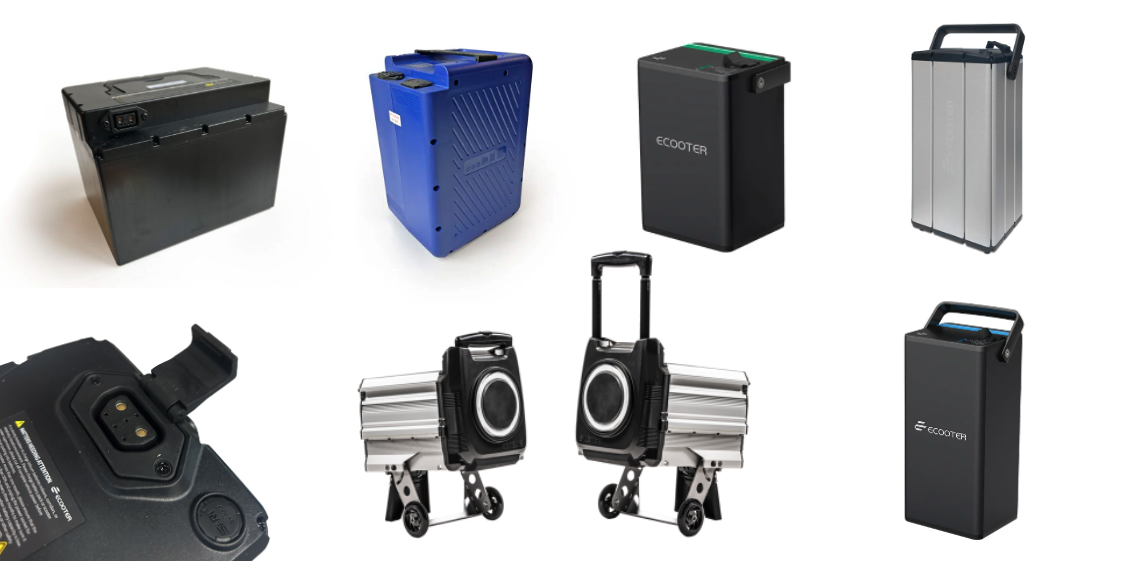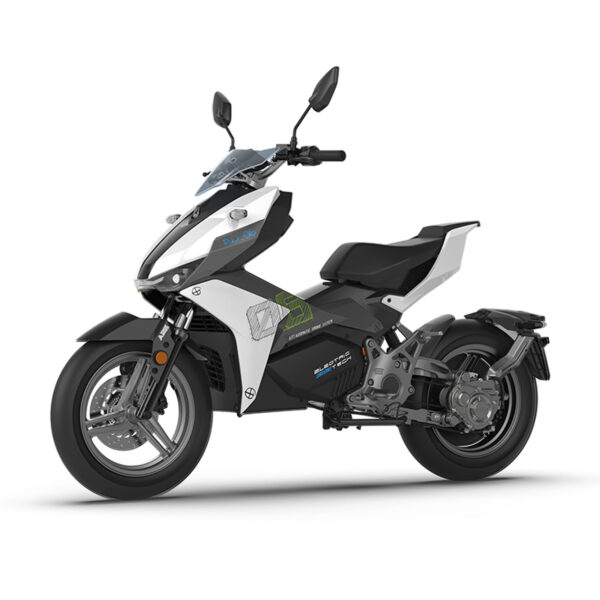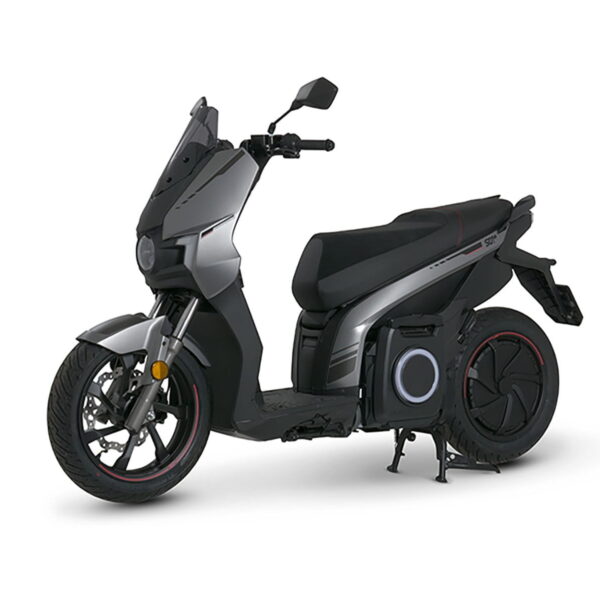
🔋 Batteries, kWh and voltage calculator – simply explained!
Many terms – but what is really behind them?
Whether in e-scooters, e-bikes or smartphones, batteries have become an integral part of our everyday lives. But as soon as it comes to terms such as voltage (volts), capacity (Ah) or energy (kWh), things get complicated for many people. In this article, we explain in simple terms what is involved – and how you can quickly get clarity with a voltage calculator.
✅ What is a battery anyway?
A battery stores electrical energy – similar to a petrol tank stores fuel. This energy can then be released when required, for example to drive an electric motor.
The three most important terms:
Energy (kilowatt hours / kWh):
The actual amount of stored energy – i.e. how much “work” is possible with the battery.
Voltage (Volt / V):
The “pressure” at which the current flows through the system. Higher voltage = more power potential.
Capacity (ampere hours / Ah):
Indicates how much electricity the battery can store. Higher Ah = longer running time.
⚡ What does kWh actually mean?
The kilowatt hour (kWh) is the unit of measurement for electrical energy – comparable to liters in a water tank. It indicates how much electricity is available over a period of time.
🔧 The formula:
Energy (kWh) = voltage (V) × capacity (Ah) ÷ 1000
📌 Example:
A battery with 48 volts and 20 Ah has:
48 V × 20 Ah = 960 Wh = 0.96 kWh
With this battery you can, for example:
- operate a 960 watt motor for 1 hour,
- or a 480 watt motor for 2 hours.
🔍 Why do I need a voltage calculator?
A voltage calculator helps you to calculate various values such as energy, runtime or power consumption. Particularly useful if you want to know
- How long will my battery last?
- Which battery do I need for my route?
- How many kWh does my vehicle consume per 100 km?
👉 With just a few entries, you can estimate exactly which battery suits your needs.
🛵 And what does this mean for ETRIX customers in concrete terms?
ETRIX is not just about technology – it’s about practical mobility in everyday life. And this is where it gets exciting:
- More kWh = more range
- Higher voltage = more power
- Larger capacity (Ah) = longer running time
Example from practice:
An e-scooter with a motor power of 2 kW and a 1.5 kWh battery can travel around 40-50 km – depending on how you ride.
The same model with a 3 kWh battery can easily travel 80+ km.
🧠 Conclusion: Understanding instead of being confused
Technology doesn’t have to be complicated. With a basic understanding of voltage, current and energy, you can make realistic estimates:
- How far you get,
- How long you have to charge,
- Which battery suits you best.




